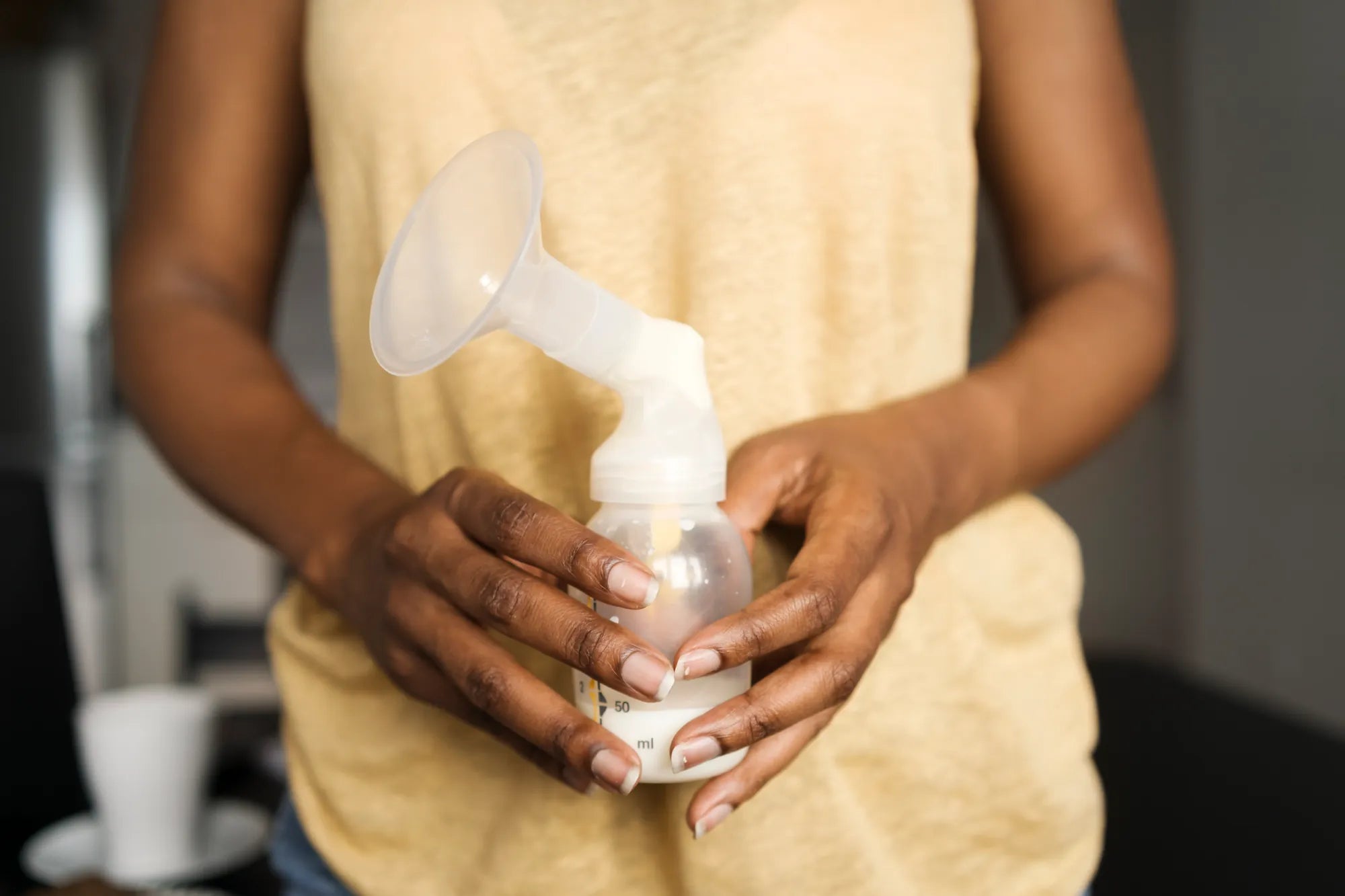Home
Pregnancy, Breastfeeding, and Pumping: The Ultimate Guide for Moms
Can a Breast Pump Stimulate Labor? Exploring the Connection

Can a Breast Pump Stimulate Labor? Exploring the Connection
For many expectant mothers, the final weeks of pregnancy can feel like an eternity. The anticipation of meeting their baby, coupled with the physical discomfort of late pregnancy, often leads to questions about natural ways to induce labor. One method that has gained attention is the use of a breast pump. But can a breast pump really stimulate labor? Let’s dive into the science, potential benefits, and risks associated with this practice.
How Breast Pumping Works
A breast pump is a device designed to extract milk from the breasts. It mimics the sucking action of a baby, stimulating the nipples and triggering the release of oxytocin, a hormone that plays a key role in milk production and uterine contractions. This dual function has led some to wonder if breast pumping could also encourage the onset of labor.
The Role of Oxytocin in Labor
Oxytocin is often referred to as the "love hormone" because of its role in bonding and social interactions. However, it is also crucial for childbirth. During labor, oxytocin causes the uterus to contract, helping to dilate the cervix and push the baby through the birth canal. Synthetic oxytocin, known as Pitocin, is commonly used in medical settings to induce or augment labor. The natural release of oxytocin through nipple stimulation, such as with a breast pump, could theoretically have a similar effect.
What Does the Research Say?
Several studies have explored the connection between nipple stimulation and labor induction. Research suggests that nipple stimulation can increase oxytocin levels and may help initiate contractions in some women. However, the evidence is not conclusive, and the effectiveness of this method can vary widely depending on individual factors such as the readiness of the cervix and the stage of pregnancy.
Potential Benefits of Using a Breast Pump to Stimulate Labor
One of the main advantages of using a breast pump to stimulate labor is that it is a non-invasive method. Unlike medical interventions, which often require hospitalization and monitoring, breast pumping can be done in the comfort of your home. Additionally, it may help prepare the body for breastfeeding by encouraging milk production and familiarizing the mother with the breast pump.
Risks and Considerations
While breast pumping may seem like a harmless way to induce labor, it is not without risks. Overstimulation of the nipples can lead to excessive uterine contractions, which may reduce blood flow to the baby and cause distress. It is also important to note that breast pumping should only be attempted after consulting with a healthcare provider, especially if the pregnancy is high-risk or if there are any complications.
When to Avoid Breast Pumping for Labor Induction
Breast pumping to stimulate labor is not suitable for everyone. Women with a history of preterm labor, placenta previa, or other pregnancy complications should avoid this method. Additionally, if the cervix is not yet ripe or the baby is not in the optimal position for birth, breast pumping may not be effective and could potentially cause harm.
Alternative Natural Methods to Induce Labor
If breast pumping is not recommended or does not work, there are other natural methods to consider. These include walking, acupuncture, eating dates, and engaging in sexual activity. Each of these methods has its own set of benefits and risks, and it is essential to discuss them with a healthcare provider before attempting any form of labor induction.
Expert Opinions on Breast Pumping and Labor
Medical professionals have mixed opinions on the use of breast pumps to stimulate labor. Some believe it can be a helpful tool for women who are past their due date and have a favorable cervix, while others caution against its use due to the potential risks. Ultimately, the decision to try breast pumping should be made in consultation with a trusted healthcare provider.
Personal Stories and Experiences
Many women have shared their experiences with using a breast pump to stimulate labor online. While some report success, others find it ineffective or even uncomfortable. These anecdotes highlight the importance of individual variation and the need for personalized medical advice.
Preparing for Labor and Delivery
Regardless of the method chosen to induce labor, preparation is key. This includes understanding the signs of labor, packing a hospital bag, and having a birth plan in place. Staying informed and working closely with a healthcare provider can help ensure a safe and positive birth experience.
Using a breast pump to stimulate labor is an intriguing option for many expectant mothers. While it may work for some, it is not a one-size-fits-all solution. Understanding the science, weighing the potential benefits and risks, and consulting with a healthcare provider are essential steps in making an informed decision. Whether you choose to try breast pumping or explore other methods, the ultimate goal is a healthy and safe delivery for both mother and baby.
Share

